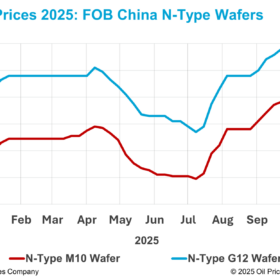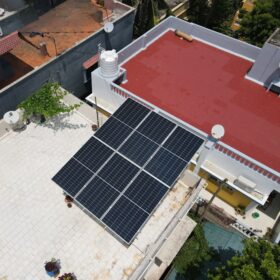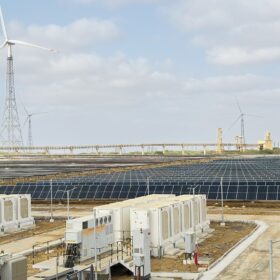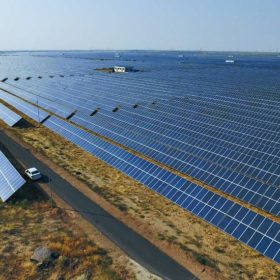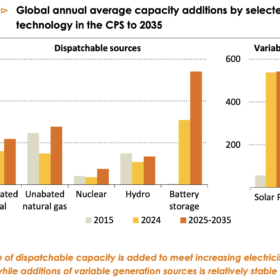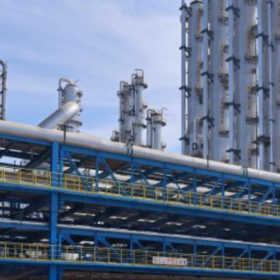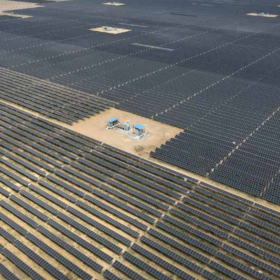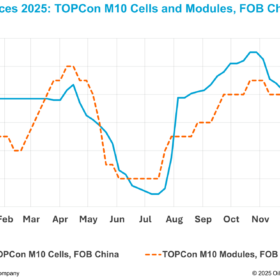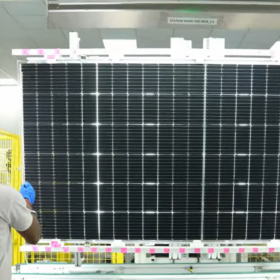HG Infra secures 300 MW/600 MWh battery storage purchase agreement with GUVNL
HG Infra Engineering’s arm H.G. Choraniya Bess has entered into a battery energy storage purchase agreement with Gujarat Urja Vikas Nigam Ltd (GUVNL) for a 300 MW/600 MWh BESS on long term basis.
N-type wafer prices extend four-week slide amid weak demand, rising inventory concerns
In a new weekly update for pv magazine, OPIS, a Dow Jones company, provides a quick look at the main price trends in the global PV industry.
Renewable energy assets life-cycle management through tech-enabled maintenance strategies
Modern wind turbines and solar plants generate large volumes of operational data. By leveraging analytics, inefficiencies can be identified, performance assessed in real-time, and emerging issues addressed before they escalate. A dynamic operations and maintenance (O&M) support system builds on this intelligence to provide a strong grip on performance levels while minimising downtime.
Why battery storage is becoming non-negotiable for renewable-rich grids in India
As renewable capacity rises, the question is no longer whether India can generate green power. The real challenge is whether the grid can absorb it smoothly and deliver it reliably when people actually need it. This is where battery energy storage systems (BESS) are increasingly seen not as a luxury but as a core part of grid planning.
India installed record 4.9 GW rooftop solar in 9M 2025, says Mercom
India added a record 4.9 GW of rooftop solar capacity in the first nine months (9M) of calendar year (CY) 2025, with 2.1 GW installed in Q3 alone.
REMCL awards 1 GW round-the-clock renewables at INR 4.35/kWh
Railway Energy Management Co. Ltd (REMCL) has concluded its tender for 1 GW of round-the-clock (RTC) power from renewable energy projects backed with or without energy storage at a price of INR 4.35/kWh.
“Renewable energy emerging as India’s next big jobs engine”
Balasubramanian A, senior vice president at TeamLease Services, shares insights on workforce requirements, skill gaps, and the key trends shaping India’s renewable energy industry.
What can South Korea learn from India’s rapid solar deployment?
Korean policy analyst focusing on solar power plant siting and permitting, Daun Kim, has reported on her recent trip to India’s Bhadla Solar Park. The analyst highlights how clear siting policies and streamlined permitting helped India scale renewables, something that South Korea can learn as it pursues a 100 GW renewable energy target by 2030.
IEA warns global solar growth may plateau at 540 GW annually to 2035
The International Energy Agency (IEA) said global solar capacity additions are projected to average 540 GW a year through 2035, as outlined in its World Energy Outlook 2025 report.
From waste to resource: Recovering critical minerals for solar and EV batteries
As India ramps up solar installations and EV deployments, the volume of end-of-life components will grow rapidly. If these are treated simply as waste, we create new environmental burdens and miss a chance to recover value. If, instead, they are viewed as sources of supply, they become part of the solution.

